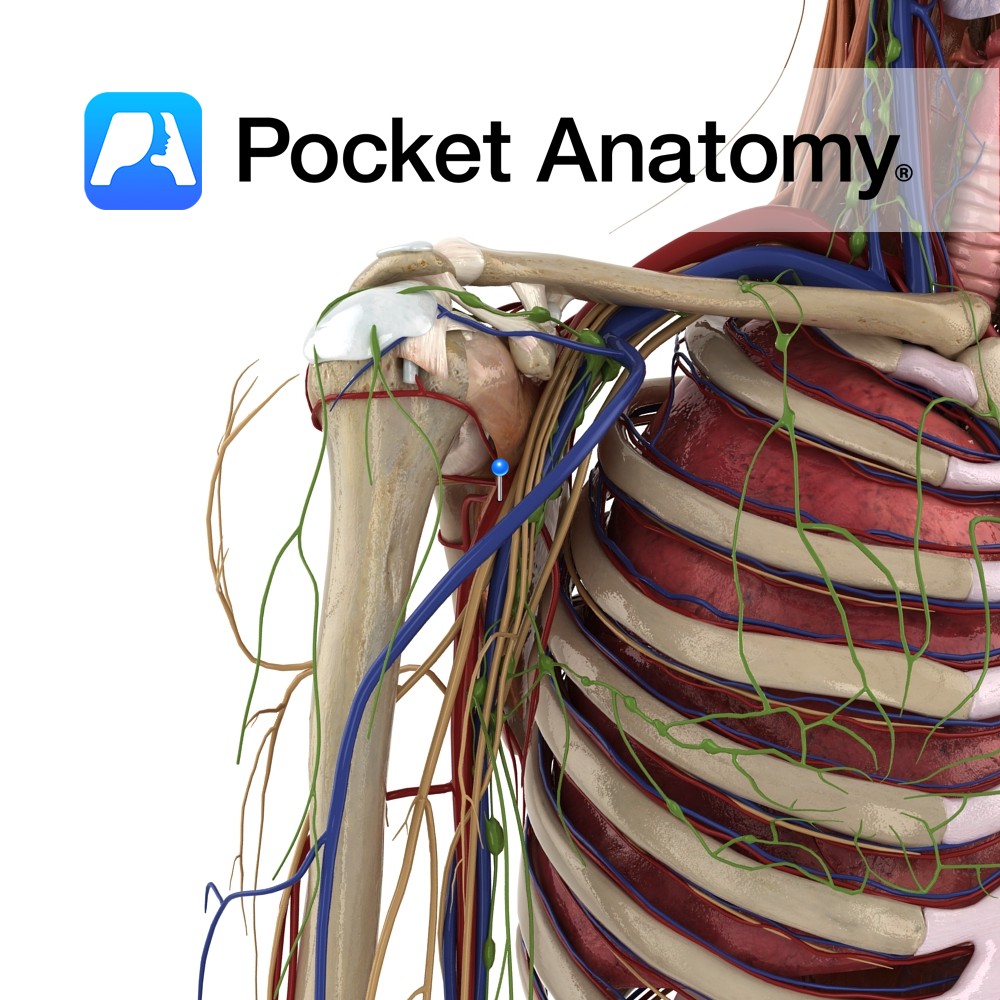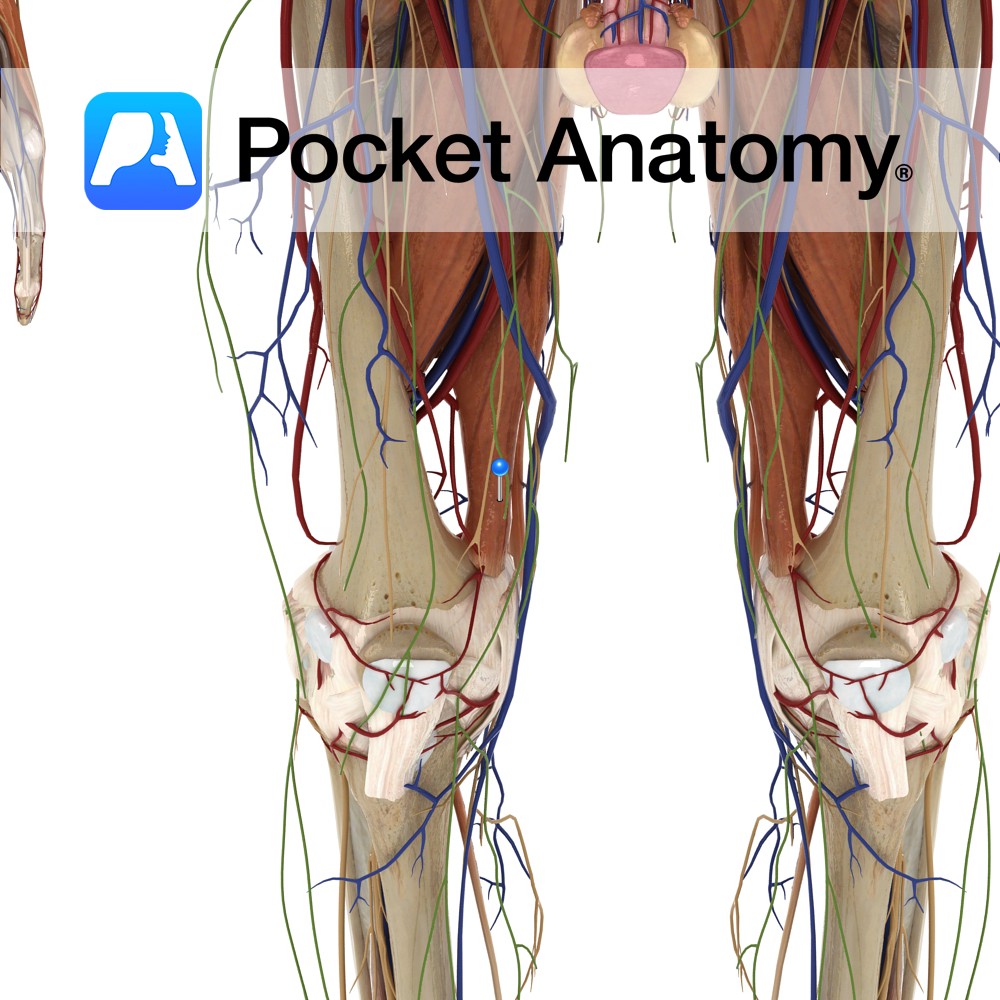Anatomy
Origin:
Optic nerve fibers are the axons of the cells in the ganglionic layer of the retina.
Structure:
The three sheaths surrounding the nerve are continuous with the meninges. The outermost sheath originates from the dura mater and merges with the sclera of the eyeball, the middle sheath is continuous with the arachnoid mater and the internal sheath is continuous with the pia mater.
Course:
The optic nerve as part of the visual system exits the orbital canal through the optic canal of the cranium and unites with the other optic nerve to form the optic chiasm at the base of the brain.
At the chiasm, axons from the nasal portions of each retina undergo decussation and enter the contralateral optic tract, while the axons from the temporal half of the retina remain on the same side. The optic tract projects to the lateral geniculate nucleus (LGN) of the thalamus. LGN axons form the optic radiation which projects to the primary visual cortex of the occipital lobe where vision is perceived. Fibers from the left visual field terminate in the right occipital lobe and vice versa.
Reflexes:
Direct light reflex
Consensual light reflex
Accomodation reflex.
Functions
The optic nerve is a sensory nerve; it is responsible for vision.
Clinical
Unilateral optic neuropathy will give rise to reduced visual acuity and color vision, visual field defect (prechiasmatic will result in monocular blindness, chiasmatic typically results in bitemporal field defect), ipsilateral relative afferent pupillary field defect (if lesion occurs before lateral geniculate nucleus), and possibly optic disc oedema (if acute) or atrophy (if chronic).
Optic neuropathies most commonly occur secondary to ischaemia, inflammation (e.g. optic neuritis secondary to demyelination in multiple sclerosis) or compression.
Interested in taking our award-winning Pocket Anatomy app for a test drive?


.jpg)


.jpg)